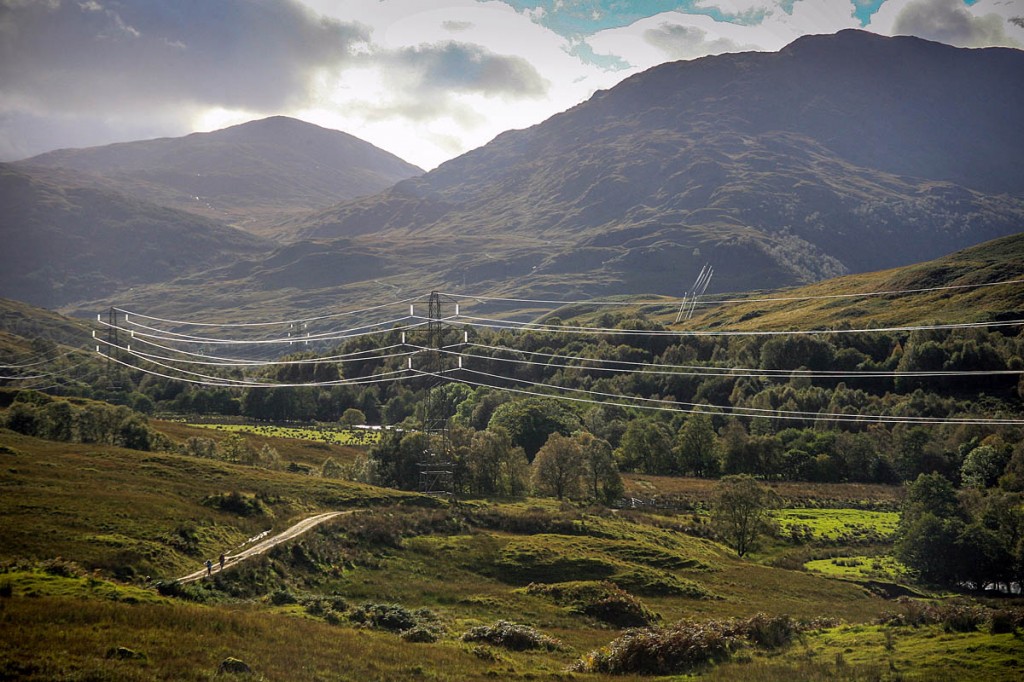Walkers on Scotland’s most popular long-distance trail are being warned of possible diversions while work takes place on hydro-electric schemes.
Loch Lomond & the Trossachs National Park Authority said the Glen Falloch schemes on the West Highland Way have to comply with strict planning conditions to minimise their visual and other impacts.
These include safety and diversionary signs for visitors during construction and restoration of tracks and paths.
Work has begun on two ‘run-of-river’ hydro-electric schemes: Upper Falloch and Derrydarroch, on the 10,000ha (24,710-acre) Glenfalloch Estate near Crianlarich.
The schemes, and one other at Ben Glas, were granted planning permission by the Scottish Government in 2010 following input from Loch Lomond & the Trossachs National Park Authority.
With a combined capacity of 6.1MW, the four schemes will generate enough electricity for 4,800 homes and will contribute towards the renewable energy targets set by the authority.
The Derrydarroch scheme will cross a short section of the West Highland Way between Derrydarroch Cottage and the Allt a’ Chuilinn burn.
The authority said work on the two schemes is being monitored by national park planning officers, aided by landscape, ecological and archaeological experts to ensure they comply with the rigorous conditions to protect these features and to minimise the impact on visitors.
Glenfalloch is one of a number of estates in the national park that are keen to harness the potential of the natural environment for power generation to provide additional employment, a benefit to the local community and additional income to reinvest in the estate, it said.
It expects the two new schemes to provide 15 jobs.
David Lowes, managing partner of Glenfalloch Estate, said: “We are very pleased at last to see the start of construction on these schemes. It has been a long journey to this point and our thanks are due to our financial partners and to the national park authority, Scottish Natural Heritage and other agencies who have worked with us along the way.
“The hydro schemes are a significant boost to the estate, enabling us to invest more in our activities and to play our part in furthering the aims of the national park in managing and protecting this incredibly beautiful yet sensitive part of Scotland.”
Gordon Watson, chief executive of Loch Lomond & The Trossachs National Park Authority, said: “We are pleased to be supporting Glenfalloch in realising the potential of the estate to generate hydro-electric power and have been delighted at the response to our innovative planning guidance, which has led to almost 40 hydro schemes being approved through our planning system in the last few years.”
The Glenfalloch Estate has five sites of special scientific interest, a special protection area for golden eagles and a special area of conservation as well as being part of a national scenic area. It also includes the Beinglas campsite.
When the two schemes are complete, hydro will account for approximately one third of the estate’s gross revenue.
